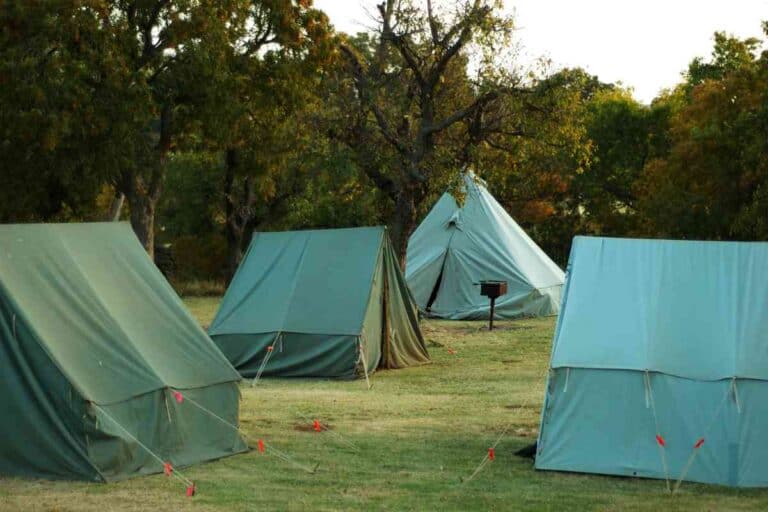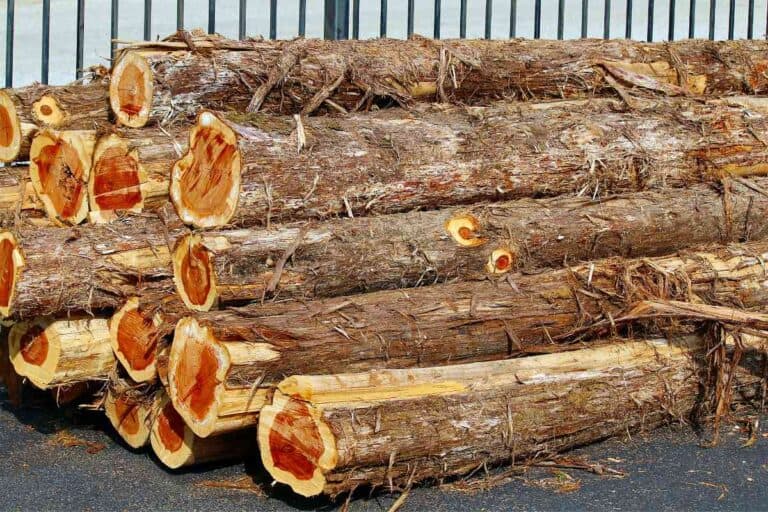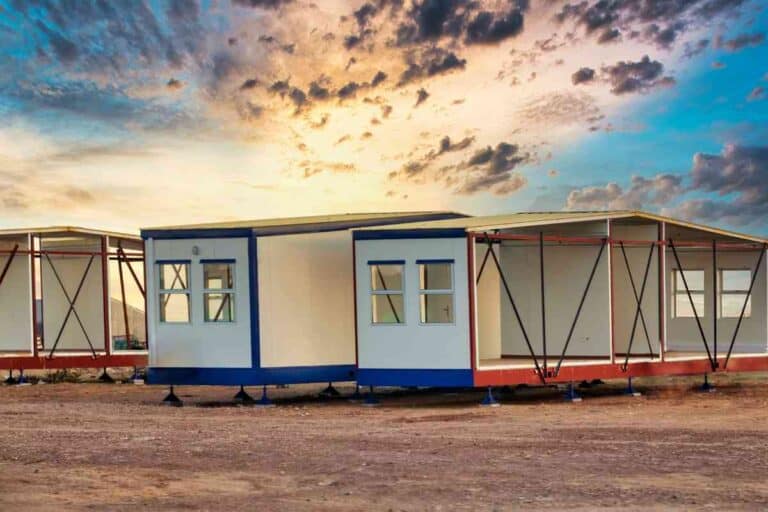3 Reasons Why Your RV Is Leaning To One Side & How To Fix It Fast!
RVs are massive vehicles, so when you start to feel it leaning to one side, the primary response should be to do whatever is needed to fix it immediately. Allowing your RV to lean to one side for extended periods can result in more severe long-term damage, like uneven tire wear. You’ll also notice worse driving performance, reduced fuel efficiency, and a lack of comfort on your trip.
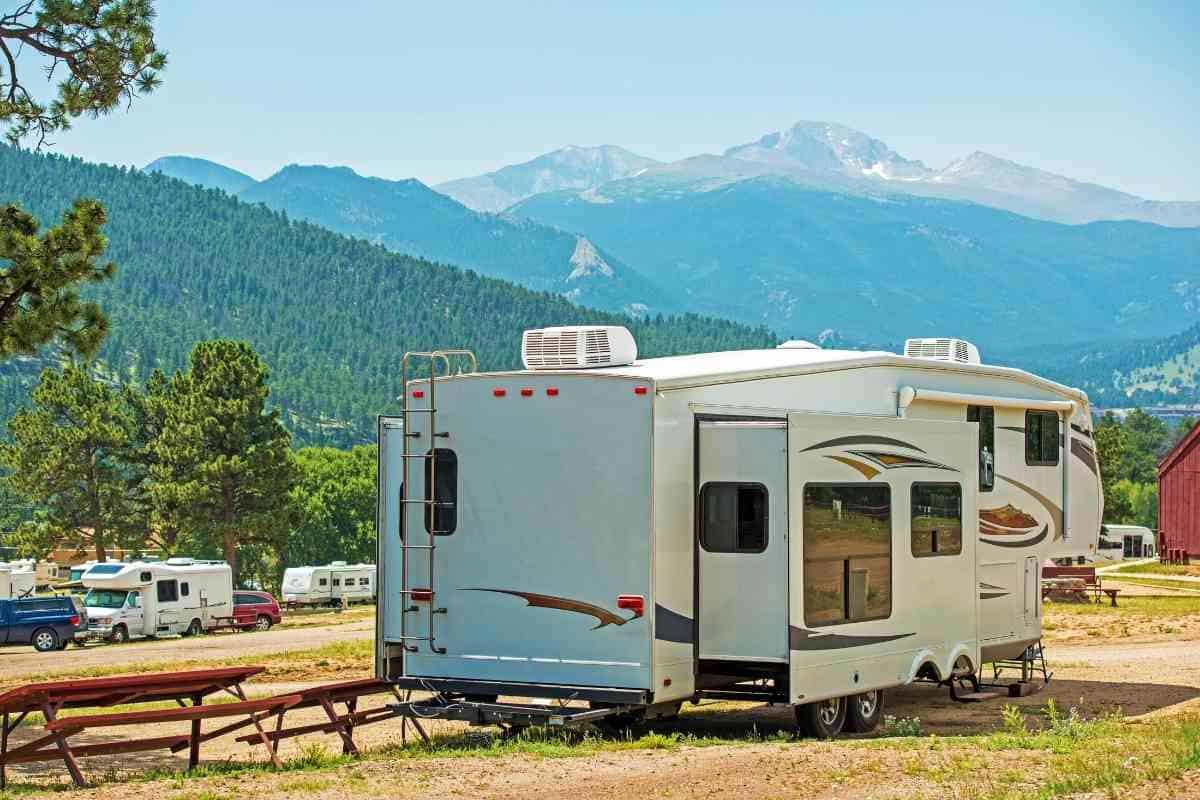
Why is my RV leaning to the side?
One of the most common RV problems is when it leans to one side. This is usually due to worn-out suspension springs, underinflated tires, or excessive weight inside the RV. If this happens, you can replace the springs, inflate the tires, or adjust the weight of the RV.
A leaning RV to one side is not good and is considered unnatural for these large vehicles. To avoid this, you should try these tips to address poor weight distribution and prevent sidewall damage. Fixing issues like delamination can be costly if you allow them to worsen.
Whether it is a faulty suspension, flat tires, or sidewall problems, or just parking on uneven ground, we’ve seen and fixed them all. It should be expected that you’ll run into a range of issues when owning an RV, and this is one of the most common.
RV Leaning To One Side: Do This To Fix It
When it comes to RV, the more you know about it, the better. You can do many things to ensure that your RV stays straight and balanced while on the road.
Your RV is leaning to one side; you’re not sure why. This can be a dangerous situation that could lead to a rollover. But before you do anything, it’s essential to know the cause of your RV learning and how you can fix it.
Three fixes proven to fix a leaning RV include replacing the springs, inflating the tires, or adjusting the weight distribution inside the RV.
Replace The Springs
If your RV is leaning too far on one side, you may have a problem with your suspension system. This happens if the springs are old or worn out and begin to sag.
Whenever you leave an RV sitting unused for extended periods, added pressure causes the sags to wear out much faster. This can also happen from overloading the RV above the weight capacity.
Inflate Or Replace Tires
When you have low tire pressure, your RV is more likely to lean to one side. This can cause a lot of damage to the RV and its contents.
The best thing to do is replace or repair the tire to avoid a potential blowout.
To prevent your RV from leaning during travel, ensure that all your tires are at the same pressure and not damaged. This is especially problematic because of the weight capacity of most RVs.
Without properly inflated tires, the interior weight causes the RV to sit unbalanced.
Lower Or Fix The Weight Inside the RV
Overloading your RV or stacking up all the heavy cargo in one area on an RV is a bad idea. It can quickly lead to more severe damages like worn-out shocks, reduced braking ability, and worse fuel efficiency.
Not only too much extra weight but improper weight distribution can also cause your RV to lean to the side. Putting all your luggage and gear or even excessive furniture on one side can be enough to tip your RV.
Properly loading your RV has many more benefits. Because of it, you’ll notice your RV handles best with the most steering accuracy.
Why Does My Motorhome Lean To The Right Side?
You might have noticed that your motorhome is sagging on one side. This is commonly referred to as chassis lean, and there are a few potential reasons why it happens.
The reason could be that the suspension springs are too weak, the vehicle has too much weight, low tire pressure, or a combination of the three.
Too Much Weight
Whether you have too much weight inside the RV or uneven weight distribution, it can cause the motorhome to lean to the right side. All RVs have a weight capacity issued by the manufacturer too.
You’ll need to decrease the weight load inside your RV to resolve the issue. When moving around heavy items, consider whether they are evenly distributed.
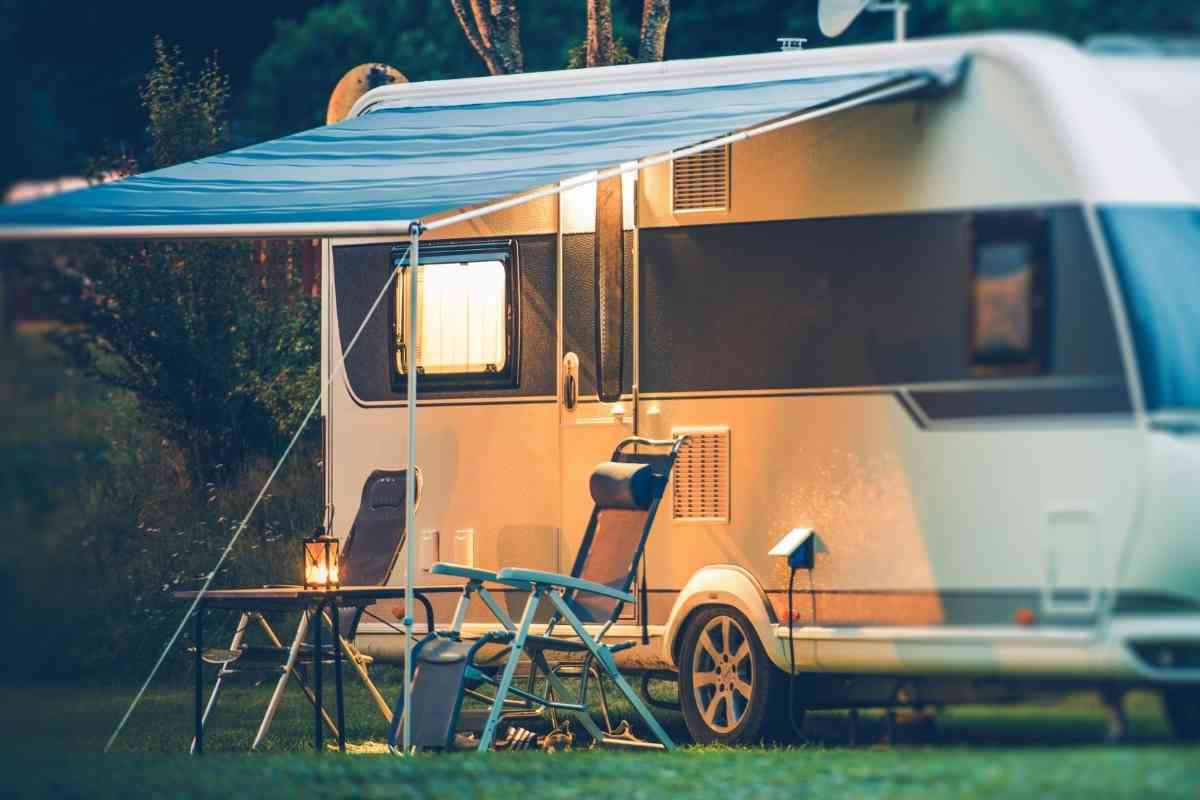
Sagging Springs Or Suspension
Sagging springs can happen from overloading the RV or improper handling while driving. A lack of motorhome use can also cause the springs to worsen, leading to a right side leaning look.
A simple repair can do the trick if you can catch the problem before it gets too bad. But we recommend bringing the vehicle to a professional when this happens.
Driving on sagging springs leads to uneven tire tread wear and alignment issues.
Low Tire Pressure
Low tire pressure can cause your motorhome to lean to one side. This can be dangerous and inconvenient. The best way to prevent this is by checking your tire pressure regularly.
Tires tend to deflate when punctured or if they don’t get used for long periods. Never drive too long on underinflated tires with motorhomes.
How Do You Fix An RV Sidewall?
There are different RV sidewall damages, like water damage, cracks, and delamination. We’ll show you how to approach the problem and the best method to fix it.
Start by purchasing a delamination kit that includes new layers, fiberglass, wood, and a durable bonding agent. This works for many sidewall issues unless you have severe water damage.
Once you have your kit, start making a plan and determine what areas of the sidewall need to be repaired. You should use some form of tape to mark these areas.
After the plan has been made, always start from the ground up while fixing an RV sidewall. This is especially true when using the bonding agent because it completely covers the treatment area.
You’ll need to insert the new layers into the marked areas, and we recommend clamps to keep them in place while drying with the bonding agent. But this only serves as a temporary fix.
To get the best long-term results, you can visit a local RV repair shop professional to deal with your sidewall problems. This will cost more, but you’ll have much more durability after the repair.
How Can I Improve My RV Steering?
The steering system of an RV is a complicated mechanism. It can be challenging to troubleshoot and repair if you don’t know what you are doing. These are large vehicles, so tedious upgrades can make all the difference.
Consider installing a rear sway bar, upgrading the interior steering controls, or trying a new set of advanced suspension shocks as a way to improve steering.
Install A Rear Sway Bar
Steering problems happen when the RV struggles with sway. This is the side-by-side movement or shifting from difficult road conditions or wind.
The sway bar is a bar attached to the frame of your RV that helps to control the movement of the vehicle. It is installed at the back of the vehicle and will help you have better control of your vehicle when it is going over bumpy roads or driving on dirt trails.
Upgrading Steering Controls
Upgrading your steering controls can help improve the performance of your RV. This system can help you avoid jerks and bumps when driving on rough roads or in a parking lot.
This can also be done with axle or steering stabilizers. They do an excellent job of keeping you steering with better accuracy, improving vehicle wander issues, and eliminating oversteering from occurring at faster speeds.
Try New Shocks
The shocks, springs, and suspension majorly affect how well your RV will handle. This is especially true when pulling weight or reaching highway speeds, so upgrading the suspension and shocks can help.
The factory shocks are relatively limited, and it’s possible to include improved air springs with your suspension for reduced sway and body roll. This also has improved shock absorption and better RV control.
Upgrade Tires
If you want to improve the steering on your RV, you should consider upgrading your tires. Some think this is a waste of money because they are already worn out and have been replaced.
However, if you can get your RV to steer better, it will be worth the investment. This will ensure that the RV is easier to steer and move around while giving you better durability and road traction.
Can You Fix Delamination On An RV?
Yes, you can fix delamination on an RV, which is an extremely common issue. However, you should handle it immediately because waiting too long can lead to increased damage and repair costs.
Delamination is routine maintenance at most repair shops, and the average cost is around $250 to $400. This can vary based on your location and the severity of the delamination.
If you need to see a professional to fix your sidewall, costs can quickly run much higher.
Delamination is when the exterior layer of fiberglass separates from the backing material on the exterior of an RV. It’s common to see it happen even faster from water and moisture exposure.
This happens because of a failed seal, poor vehicle maintenance, and moisture. If you want to avoid the cost of fixing delamination, focus on regular RV checkups and maintenance immediately when a problem is spotted.


